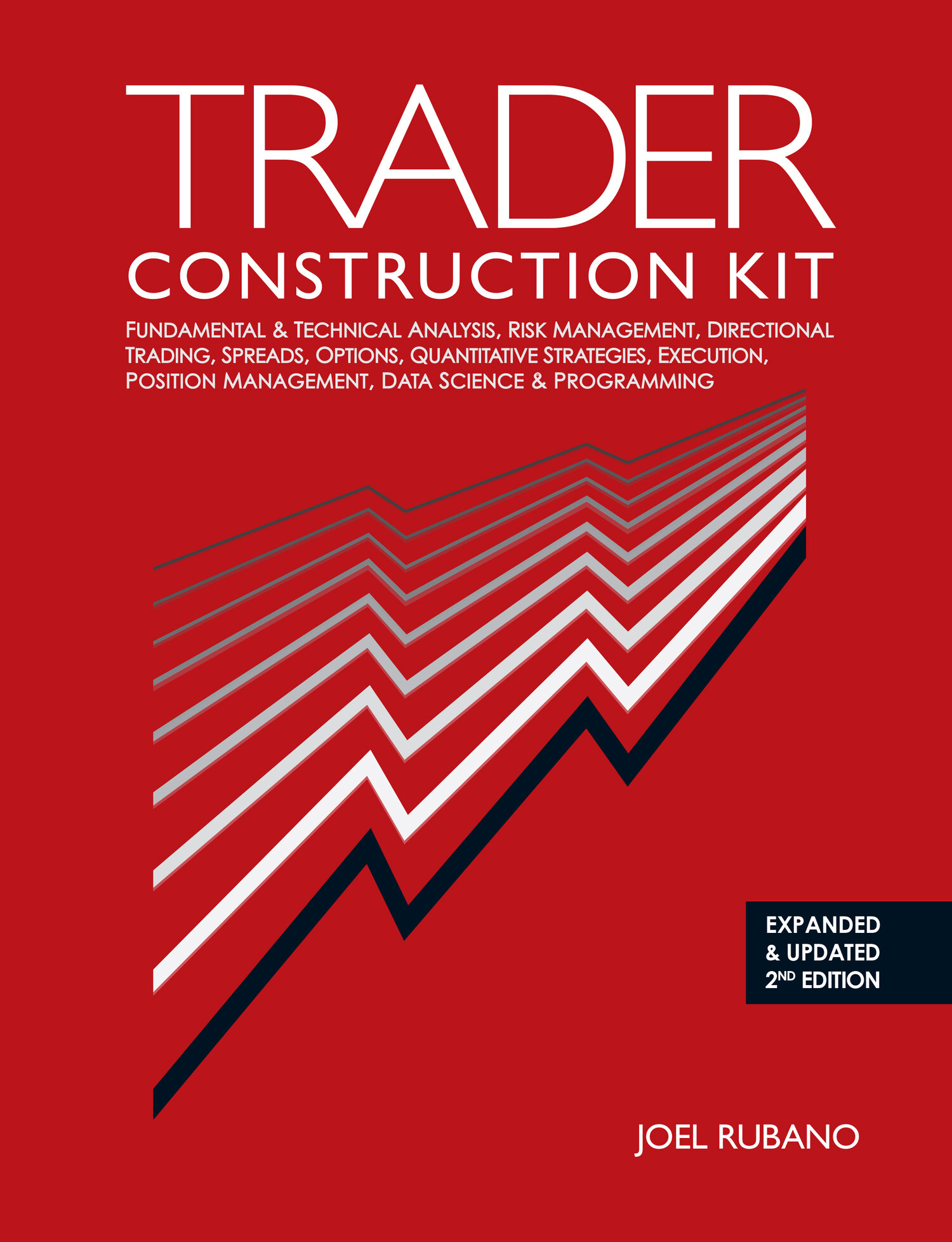The final five books on the list serve as a series of case studies that provide perspective on how traders interact with, and learn from, their markets:
9. Reminiscences of a Stock Operator by Edwin Lefèvre
Every list of the best trading books must contain Edwin Lefèvre’s Reminiscences of a Stock Operator. Reminiscences is a fictional work that somehow manages to incorporate literally every significant trading principle into the boom and bust cycles of the protagonist’s story arc, all without feeling contrived or sounding like textbook. Reminiscences of a Stock Operator was published in 1923, and it is impossible to fully appreciate how revolutionary it must have been in its time. One caution for prospective readers, since as a work of fiction it is not as heavy-handedly pedagogical as a pure textbook, it is possible to inadvertently skim over valuable information. Take the time to give Reminiscences of a Stock Operator your full attention, it is well worth it.
10. Market Wizards: Interviews with Top Traders by Jack D. Schwager
11. The New Market Wizards: Conversations with America’s Top Traders by Jack D. Schwager
Jack Schwager’s Market Wizards and New Market Wizards books are a series of interviews the author conducted with a group of elite commodity, foreign exchange and bond traders. In my opinion, they are critical books for novice traders to read, preferably early in their career. Neophyte traders are frequently told that there is a “correct” way to approach a particular market. This is not true. Every trader must develop a style that compliments (and leverages) their unique individual strengths, and Schwager’s books are the best possible proof of this theorem. All manner of personalities and trading styles are on display, the common denominator being that each interview subject has developed a method of observing and interacting with the market that makes sense to them. The reader is free to compare and contrast different methodologies, a particularly useful exercise for young traders who are still evolving their own approach to the market. There is a tremendous amount of practical information on offer, and the interviews with Bill Lipschutz, Stanley Druckenmiller, Paul Tudor Jones, and James Rodgers are well worth the price of admission.
12. Charlie D. The Story of the Legendary Bond Trader by William D. Falloon
Fallon’s Charlie D is a somewhat obscure biography of bond trader Charlie DiFrancesca, who in the late 1980s was the largest independent trader in the Treasury pits (a mantle later passed to Tom Baldwin, one of the interview subjects in Schwager’s Market Wizards). Charlie D’s life story is interesting, to be sure, but the real value in the book lies in Fallon’s transcription of a videotaped presentation DiFrancesca gave in 1989 to members of the Chicago Board of Trade. It is possibly the most valuable 30 pages I have ever read on the technique of trading. Though Charlie D is describing a somewhat dated, very pit-centric method of interacting with other traders, the basic concepts of evaluating a market, acting with decisive intent when transacting, and learning to be disciplined when taking profits and losses are as critical now as they were then.
13. Every Hand Revealed by Gus Hansen
I argue in Trader Construction Kit that playing medium to high-stakes no-limit poker is the best possible method of learning to take trading risk, short of actually sitting on a desk. Gus Hansen’s Every Hand Revealed presents a unique opportunity to look over the shoulder of a world-class poker player as he plays through five days of a major tournament. Hansen took detailed notes on each of the 329 hands he participated in during the tournament, including his risk/reward assessment, strategy, mid-hand decisions, and the ultimate profit or loss. The reader is able to follow along as Hansen works through 329 decisions under uncertainty, and in so doing provides a unique perspective on the cumulative effects and path dependence of trading/risk management decisions. It is fascinating to observe how Hansen’s decision calculus on the 190th hand (for example) is impacted by the considerations immediately relevant to the 190th risk/reward scenario and the cumulative information gained and psychological wear & tear accrued from hands 1 through 189. This is something not generally touched on in theoretical literature, but is very much a part of trading in the real world. Trading decisions are not isolated events that occur in a pristine intellectual vacuum, and every trader must find a constructive way to manage the ongoing process of operating in the market.
Please use the Contact form to forward any comments or suggestions for future posts. The author can also be reached at:
info@traderconstructionkit.com
